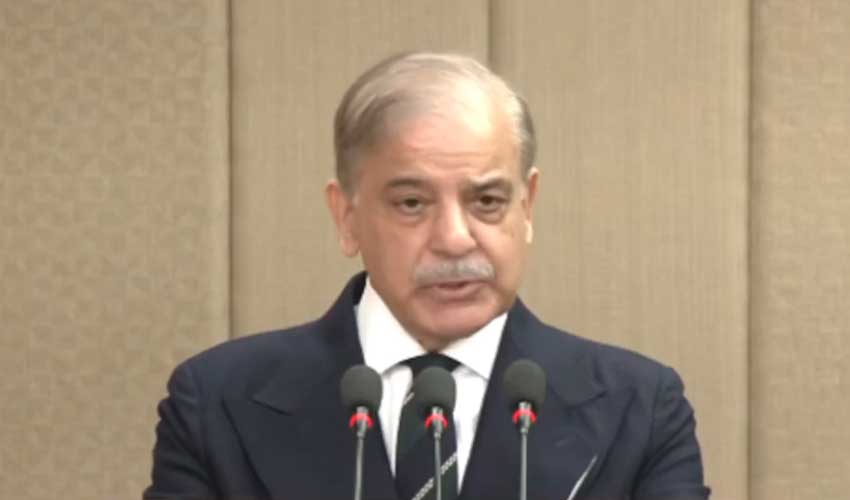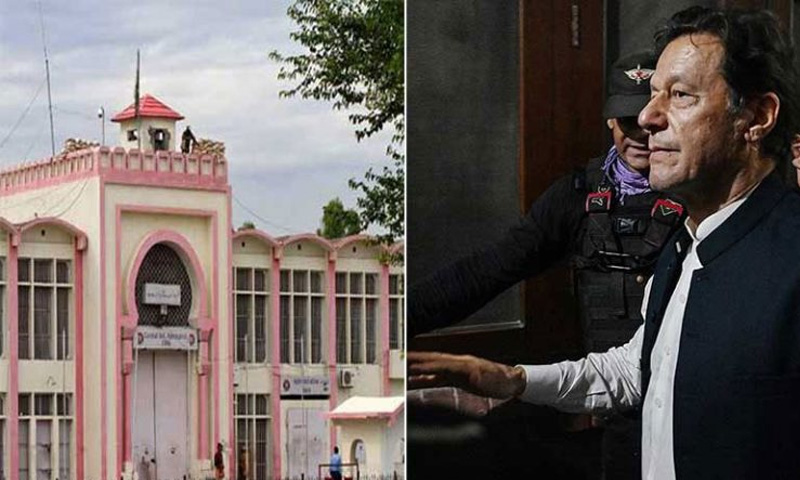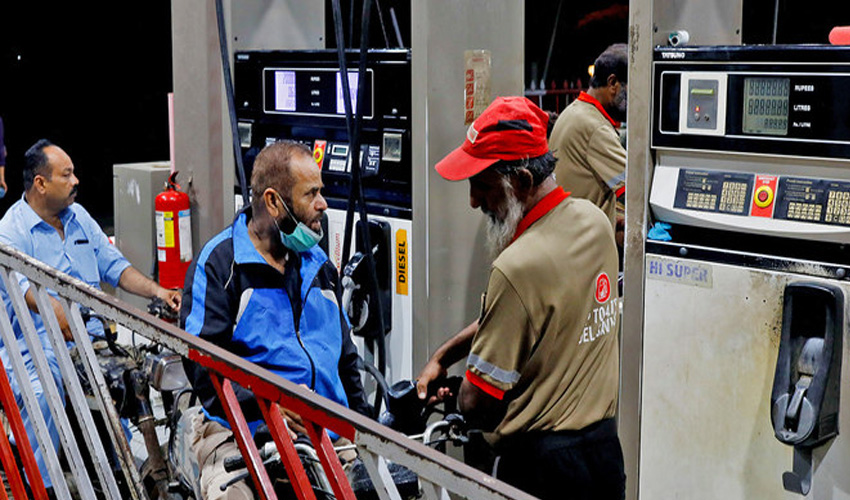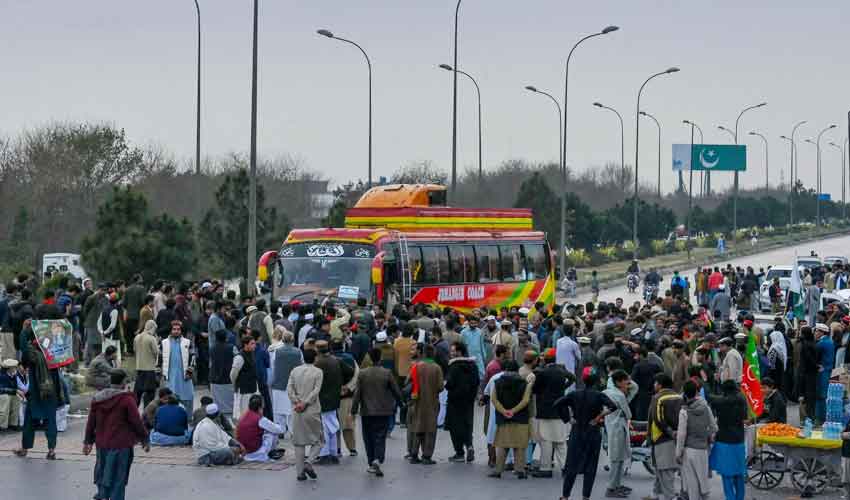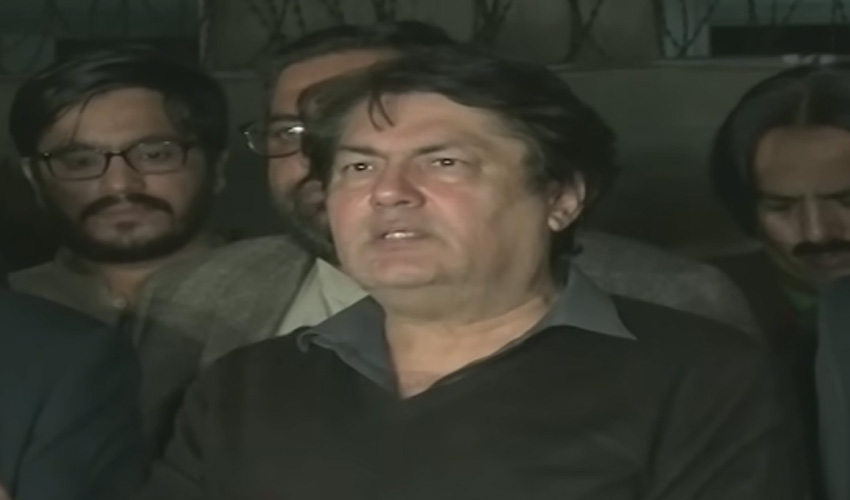Golf is often seen as an elite sport reserved for the rich and famous, yet it has steadily gained popularity in Pakistan over the past few decades. Cricket continues dominating the Pakistani sporting landscape and probably will forever, but golf has begun carving its niche and attracting a diverse group of enthusiasts. As with most new things, creating a golfing culture within Pakistan comes with unique challenges and opportunities. Let's take a look at some of them right now.
A Brief History of Golf in Pakistan
Golf was introduced to Pakistan during the British colonial period. The Lahore Gymkhana Golf Club was established in 1886, marking the beginning of organized golf in the region. The club became a hub for British officers and the local elite and became used by the broader community following the creation of Pakistan in 1947. However, its primary customers were people in the military and the more affluent civilians.
The sport experienced steady growth during the 1960s and 1970s, with the Pakistan Golf Federation (PGF) established in 1961. Its aim was and still is to oversee golf's development and organize national championships in the hope that a Pakistani golfer would one day compete on a global stage and see their name in the US Open golf betting markets online. While that is yet to happen, many golfers in Pakistan believe it is a case of when, not if, a Pakistani player will make it on the PGA Tour.
In the late 20th and early 21st centuries, golf began gaining more visibility and acceptance among the general public. Efforts to make golf more accessible to a broader audience started to pay off. The development of public courses and the establishment of academies to train young players helped bring the sport into the mainstream.
Key Clubs, Tournaments, and Players

Several prestigious golf clubs are dotted around Pakistan, including the Karachi Golf Club, Islamabad Club Golf Course, and the Rawalpindi Golf Club. These clubs provide a platform for local talents to showcase their golfing skills.
The Pakistan Open is arguably the most famous golf tournament in the country. First played in 1967, it has become part of the Asia Golf Circuit and the Asian Tour several times. In 2022, Muhammad Shabbir finished 14 under par to beat Ahmed Baig by four strokes in Karachi.
Baig and Hamza Amin belong to a younger generation of Pakistani golfers and are just two players making waves with their impressive performances on the course. Other notable Pakistani golfers include the iconic amateur golfer Taimoor Hassan and the legendary Shabbir Iqbal, the latter of whom has dominated the national golf scene for many years.
Challenges Pakistani Golfers Face
Pakistani golfers still face several challenges despite the sport's recent positive developments. Access to golf facilities remains a significant barrier, especially for players living in rural areas. Golf courses are concentrated in major cities, making it difficult for young golfers living in underserved rural areas to develop their skills.
Another major hurdle for aspiring golfers is a lack of funding and sponsorship. Unlike cricket, golf has yet to attract significant corporate sponsorship or government support. This lack of funding limits the availability of training programs and equipment for up-and-coming golfers. A lack of financial backing also hinders coaching and training, which reduces the chances that young golfers will go on to compete at higher levels.
Lastly, many people in Pakistan still view golf as an elitist sport, which discourages broader participation. The Pakistan Golf Federation must continue working hard to demystify and promote the sport through media coverage, community initiatives, and school programs to help change Pakistani citizens' perceptions of the game.
Massive Opportunities for Growth
The Pakistani golf industry has enormous growth opportunities, which could allow the country to reap the rewards later. For example, investing in grassroots development, such as establishing junior golf programs and academies in various regions, will help identify and nurture young talent.
Attracting corporate sponsorship and securing government support would significantly boost golf's development in Pakistan. Companies can sponsor tournaments, fund training programs, and help provide equipment. At the same time, government initiatives such as allocating land for public golf courses could significantly improve the sport, particularly outside major cities.
It is no secret that golf infrastructure in Pakistan needs development, especially building courses in underserved areas and improving existing facilities. Doing this could help promote highly lucrative golf tourism. Pakistan's diverse landscapes offer unlimited potential for golf tourism. From the coastal areas of Karachi to the cultural hubs of Islamabad and Lahore, Pakistan could become a must-play country on the global golfing map.
Such golf tourism attracts international visitors, generates revenue, creates jobs, and helps promote the game on a much wider scale than currently advertised.
Conclusion
The rise of golf in Pakistan has not been without challenges, with most of those hurdles still existing today. However, where some people see challenges, others find areas for growth, and the potential for Pakistani golf to grow is massive. By addressing issues relating to accessibility, funding, promotion, and training, Pakistan can unlock the full potential of golf, paving the way for future generations of players.
A lack of funding is the most significant obstacle the Pakistani golf industry must overcome. Golf will never become as popular in the country as cricket, but it can still become a mainstream sport. Investing in grassroots golf is the first rational step, paving the way for new generations of players to discover the game and then develop their skills. By investing in golf's infrastructure, it will be possible to promote Pakistan as a golf tourism destination, which will create jobs, generate revenue, and enhance the sport's reputation on a national and global level.
Golf's journey in Pakistan is still unfolding, but the future looks promising.










